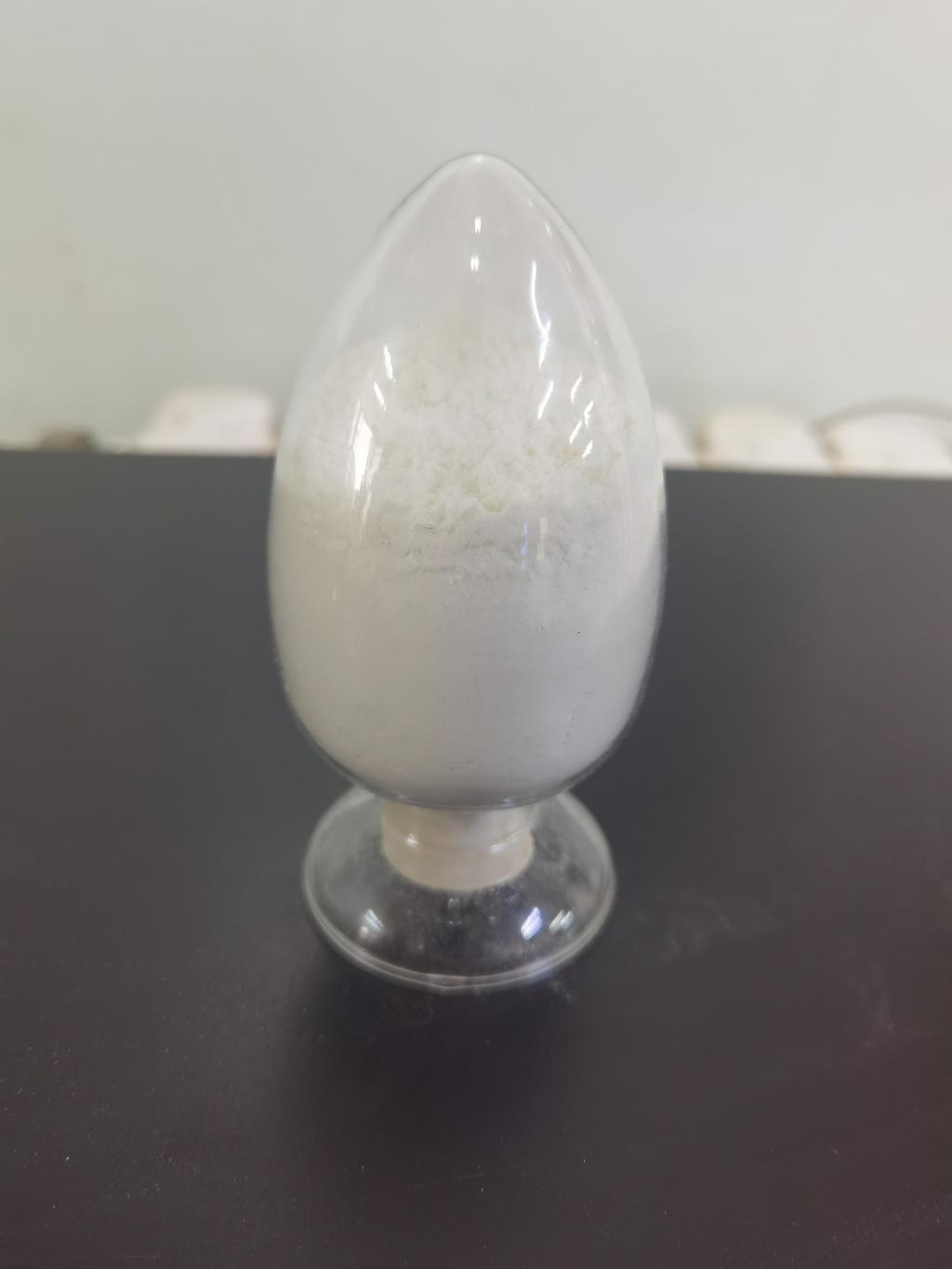Tel:+8618231198596

News
 CONTACT
CONTACT
 CONTACT
CONTACT
- Linkman:Linda Yao
- Tel: +8618231198596
- Email:linda.yao@dcpharma.cn
- Linkman:CHARLES.WANG
- Department:Overseas
- Tel: 0086 0311-85537378 0086 0311-85539701
News
Current Position:
Home >
News
>Are there any specific storage conditions required for ε-Polylysine hydrochloride?
Are there any specific storage conditions required for ε-Polylysine hydrochloride?
TIME:2023-07-10
Temperature:
1.1 Cool Storage: ε-Polylysine hydrochloride should be stored in a cool environment to maintain its effectiveness. It is recommended to store it at a temperature below 25°C (77°F) to prevent degradation and maintain its antimicrobial properties. Excessive heat can lead to the loss of activity and reduce its overall effectiveness as a preservative.
1.2 Avoid Extreme Temperatures: It is essential to avoid exposure to extreme temperatures, both high and low. High temperatures can accelerate the degradation process, while low temperatures may lead to the formation of clumps or aggregates, affecting the uniform distribution and functionality of ε-polylysine hydrochloride.
Moisture:
2.1 Dry Environment: Moisture can compromise the stability and quality of ε-polylysine hydrochloride. It is crucial to store it in a dry environment to prevent clumping or caking of the powder. Exposure to high humidity can result in the absorption of moisture, leading to changes in the physical properties of ε-polylysine hydrochloride.
2.2 Moisture-Resistant Packaging: Packaging plays a vital role in protecting ε-polylysine hydrochloride from moisture. It is recommended to store it in tightly sealed containers or packaging that provides an effective barrier against moisture. Moisture-resistant packaging helps preserve the integrity and effectiveness of ε-polylysine hydrochloride during storage.
Light:
3.1 Protection from Light: ε-Polylysine hydrochloride should be protected from direct sunlight and excessive exposure to light. UV radiation and prolonged exposure to light can accelerate the degradation process, leading to a reduction in its antimicrobial effectiveness. It is advisable to store it in opaque or light-resistant packaging to minimize light exposure.
Packaging and Handling:
4.1 Airtight Containers: ε-Polylysine hydrochloride should be stored in airtight containers to prevent air exposure, which can lead to oxidation and degradation. The packaging should be properly sealed to maintain the integrity and effectiveness of the preservative.
4.2 Handling Considerations: It is important to handle ε-polylysine hydrochloride with clean and dry utensils or gloves to avoid contamination. Contaminants can compromise its quality and effectiveness. Additionally, it is essential to reseal the packaging promptly after use to minimize exposure to air and moisture.
Shelf Life:
5.1 Manufacturer's Recommendations: The shelf life of ε-polylysine hydrochloride can vary depending on factors such as the concentration, packaging, and storage conditions. It is advisable to refer to the manufacturer's recommendations for the specific shelf life of the product.
5.2 Regular Quality Checks: To ensure the effectiveness of ε-polylysine hydrochloride, regular quality checks should be conducted, including visual inspections for any changes in appearance, clumping, or discoloration. Additionally, microbial efficacy tests can be performed periodically to confirm its antimicrobial activity.
Documentation and Record-Keeping:
6.1 Storage Records: It is important to maintain accurate records of ε-polylysine hydrochloride storage conditions, including temperature, humidity levels, and duration. These records can serve as a reference to ensure compliance with storage requirements and maintain the effectiveness of the preservative.
Supplier Communication:
7.1 Supplier Recommendations: It is advisable to consult with the supplier or manufacturer of ε-polylysine hydrochloride for specific storage guidelines and recommendations. They can provide valuable insights into the ideal storage conditions to optimize the longevity and effectiveness of the product.
Conclusion:
The storage conditions for ε-polylysine hydrochloride are critical for maintaining its effectiveness as a natural preservative. Cool storage temperatures, protection from moisture and light, and airtight packaging are key considerations. Adhering to proper storage practices ensures the integrity, antimicrobial properties, and overall quality of ε-polylysine hydrochloride. By following the recommended storage conditions, food manufacturers can optimize the shelf life and effectiveness of this natural preservative, enhancing food safety and quality in their products.
- Tel:+8618231198596
- Whatsapp:18231198596
- Chat With Skype







